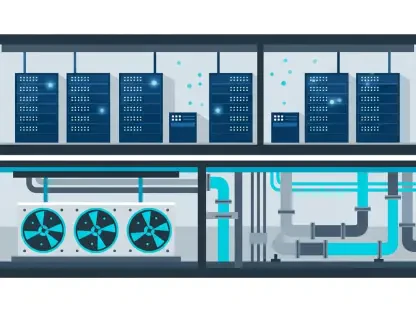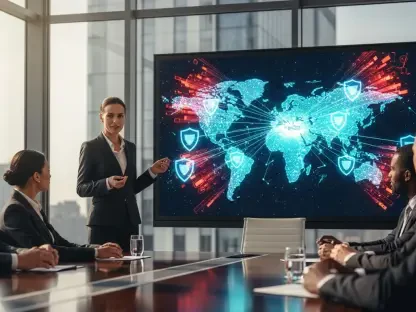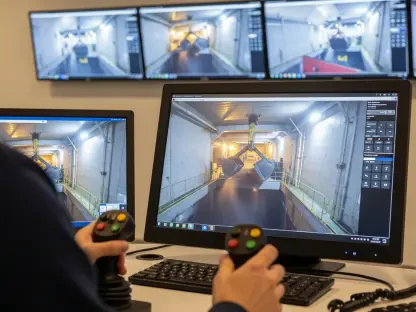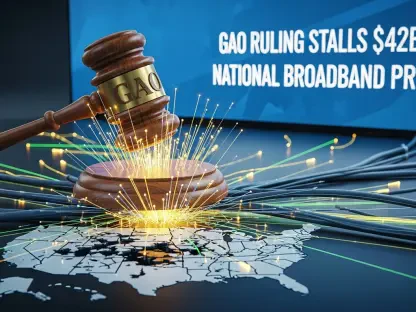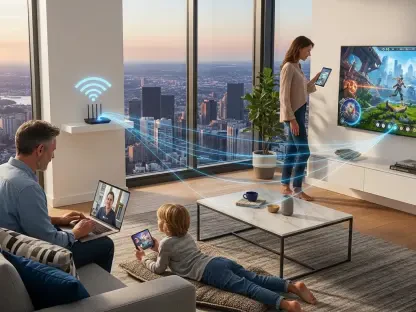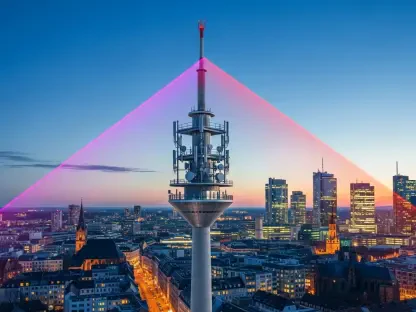I’m thrilled to sit down with Vladislav Zaimov, a seasoned telecommunications specialist with deep expertise in enterprise solutions and risk management for vulnerable networks. Today, we’re diving into the exciting world of IoT (Internet of Things) and exploring a groundbreaking partnership between two major players in the field. Our conversation will touch on how this collaboration is transforming IoT management for businesses, the power of centralized oversight, the challenges of scaling global deployments, and the industries poised to benefit most from these innovations. Let’s get started!
How does the integration of two major IoT platforms impact businesses looking to streamline their connected operations?
This partnership is a game-changer for enterprises managing IoT operations. By combining the strengths of both platforms, businesses gain a unified system that simplifies oversight of their connected devices, no matter the network or provider. It’s about reducing the chaos of managing disparate systems and creating a seamless experience. This means faster decision-making, better resource allocation, and ultimately, a more efficient operation across the board.
What specific pain points in IoT management does this kind of collaboration aim to address?
One of the biggest issues companies face is fragmentation. Many businesses have IoT devices spread across multiple networks, countries, and technologies, often tied to different vendor agreements. This collaboration tackles that by offering a centralized way to monitor and control everything in real time. It cuts down on the complexity of juggling various systems and helps prevent costly downtime or miscommunication between networks.
Why is having a single dashboard for IoT operations such a significant step forward?
A single dashboard is like having a command center for your entire IoT ecosystem. It gives businesses a clear, real-time view of all their devices, whether they’re in one city or spread across the globe. This kind of visibility eliminates blind spots, making it easier to spot issues, optimize performance, and ensure everything runs smoothly without needing to log into multiple systems or rely on outdated reports.
Can you share an example of how this unified view might transform day-to-day operations for a company?
Absolutely. Imagine a logistics company with thousands of connected vehicles and sensors tracking shipments worldwide. With a single dashboard, they can instantly see if a truck in Europe is offline or if a sensor in Asia is reporting a temperature anomaly. Instead of wasting hours cross-referencing data from different platforms, they can troubleshoot immediately, reroute shipments if needed, and keep customers updated—all from one place. It’s a huge time-saver and boosts customer satisfaction.
What are some of the biggest hurdles companies face when scaling IoT networks on a global level?
Scaling globally comes with a host of challenges. You’ve got varying regulations across countries, compatibility issues with different network technologies, and the sheer volume of devices to manage. Then there’s the headache of coordinating with multiple carriers and ensuring security across borders. It’s not just about connecting more devices—it’s about maintaining reliability and control as the network grows exponentially.
How does a combined platform help businesses navigate the complexity of diverse technologies and vendor agreements?
The beauty of a combined platform is that it acts as a universal translator for IoT systems. It supports a wide range of technologies—think 4G, 5G, satellite, and various SIM standards—and brings them under one roof. It also streamlines vendor management by consolidating connections, so businesses don’t have to deal with a patchwork of agreements. This reduces administrative burden and lets companies focus on innovation rather than logistics.
What kind of automation capabilities can businesses expect from this integrated IoT solution?
Automation is a cornerstone of this integration. Businesses can automate provisioning, which means setting up new devices with minimal manual input. Workflow orchestration is another big feature, allowing companies to design and execute processes—like alerts or maintenance schedules—automatically across their IoT fleet. These tools cut down on human error and free up teams to focus on strategy rather than repetitive tasks.
Which industries do you believe will see the most transformative benefits from this kind of IoT platform?
I’d say manufacturing, logistics, and smart cities are at the top of the list. In manufacturing, IoT can optimize production lines with real-time equipment monitoring. Logistics benefits from tracking assets and improving delivery efficiency. For smart cities, connected sensors can manage traffic, energy use, and public safety. These sectors rely heavily on connected tech, so a robust platform can drive massive improvements in both operations and sustainability.
How does the global reach of a platform connecting over 200 million devices across 180 countries enhance this partnership?
The sheer scale is a tremendous advantage. With such a vast network, the platform can support businesses operating in multiple regions without missing a beat. It ensures consistent connectivity and management, whether a company’s devices are in a major hub or a remote area. This global backbone means enterprises can scale confidently, knowing they’ve got reliable coverage and support wherever they expand.
What’s your forecast for the future of IoT management and platforms like this one over the next decade?
I believe we’re just scratching the surface of what IoT can do. Over the next decade, I expect platforms like this to become even more intuitive, leveraging AI and machine learning to predict issues before they happen and optimize networks in real time. We’ll see IoT penetrate deeper into everyday industries, from healthcare to agriculture, with a big push toward sustainability and energy efficiency. The focus will be on making these systems not just powerful, but also accessible to businesses of all sizes, driving a truly connected world.


